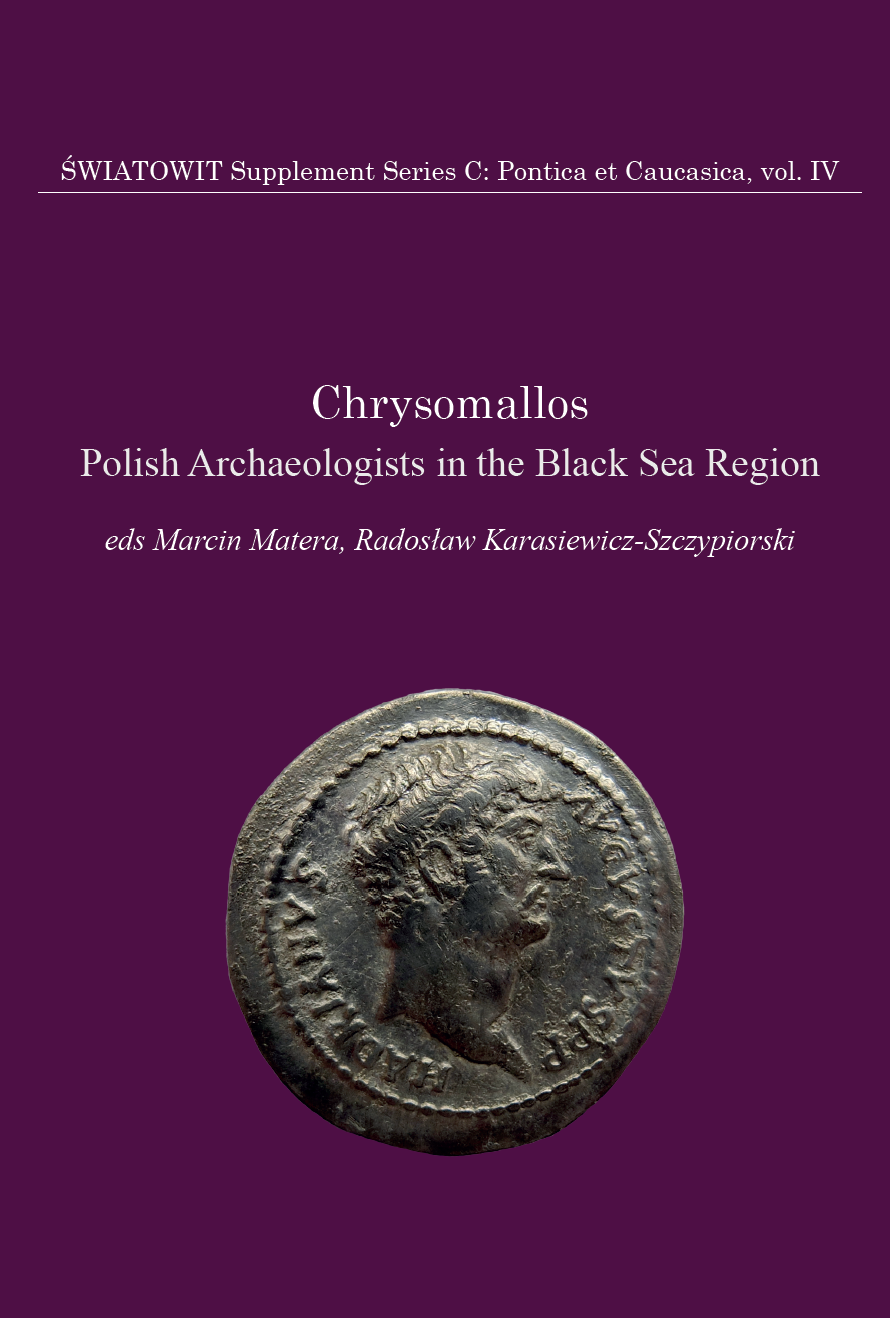Architecture of the Residential Complex in Dzalisi (Georgia)
Architecture of the Residential Complex in Dzalisi (Georgia)
Author(s): Natalia Alexandria Lockley
Subject(s): Archaeology
Published by: Wydawnictwa Uniwersytetu Warszawskiego
Keywords: architecture; Dzalisi; Iberia Kingdom; Georgia
Summary/Abstract: During excavations carried out by the Georgian Archaeological Mission of the Archaeological Research Centre of the Academy of Sciences of Georgia in the village of Dzalisi (Georgia) in the 1970s, the remains of a residential complex were uncovered. Georgian archaeologists, expected to discover the archaeological remains of ancient Zalissa, which was mentioned along with other urban centres of Caucasian Iberia by the Alexandrian scholar Claudius Ptolemy, who lived in the 2nd century AD (Ptol., Geog. 5.10.3). Over several seasons of research, impressive architectural remains were uncovered along with richly decorated mosaics. The site was interpreted by Georgian researchers as a palace. This article discusses the residential complex discovered at Dzalisi in the context of the cultural accounts and connections of the Iberian elite with Roman culture and its complex cultural connotations, taking into account the transformations occurring in successive construction phases. A better understanding of the architecture of this intriguing and highly complex site, as well as its infrastructure and artistic programme, may bring us closer to answering the question of the cultural identity of its builders and subsequent generations of users in the context of the dynamically changing geopolitical situation in Iberia and the South Caucasus as a whole during the 2nd–4th centuries AD.
Book: Chrysomallos
- Page Range: 93-104
- Page Count: 12
- Publication Year: 2024
- Language: English
- Content File-PDF

